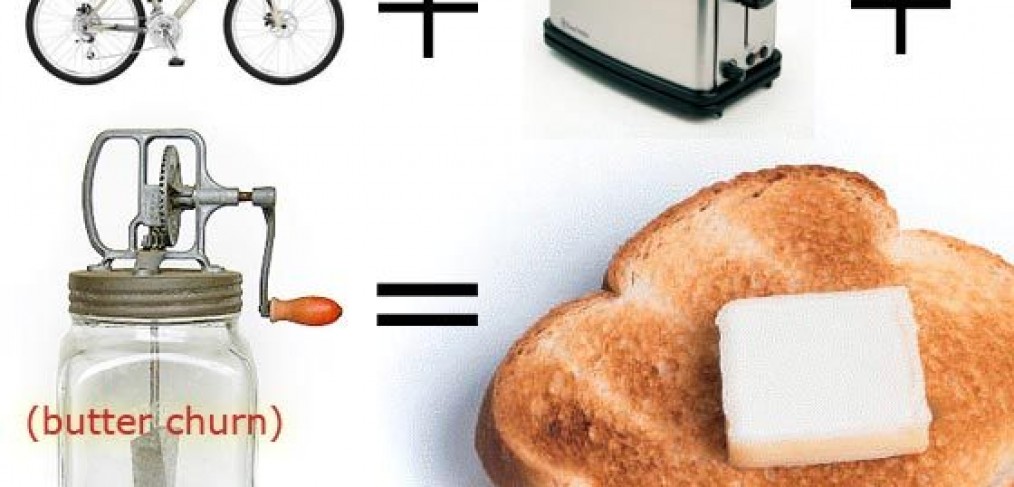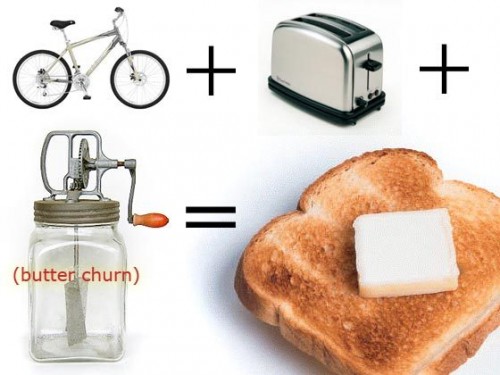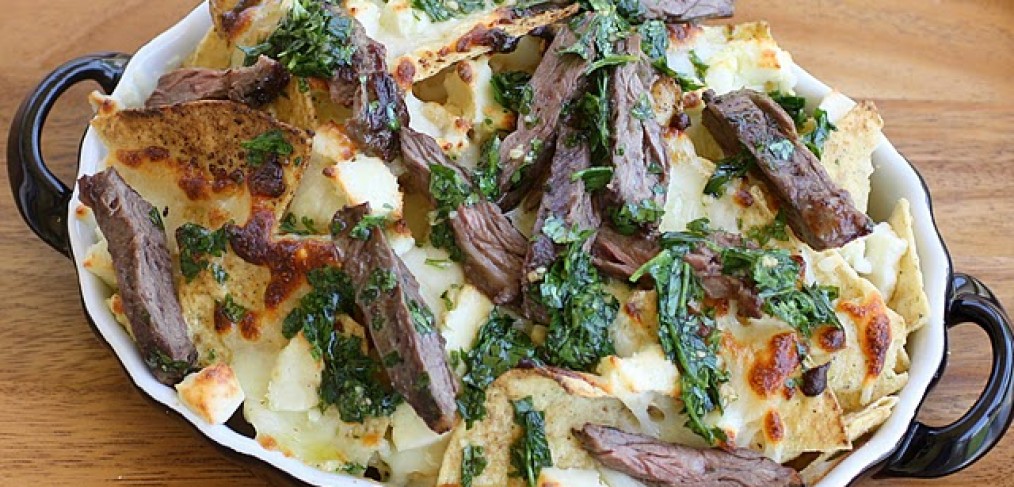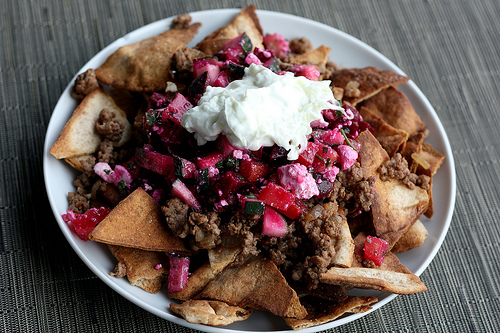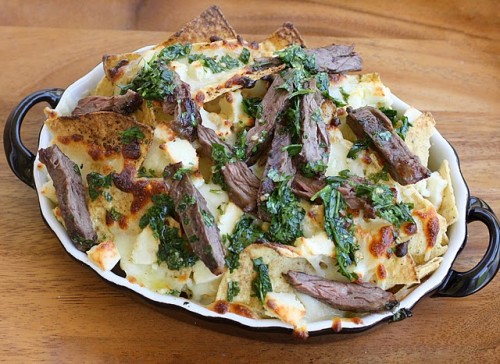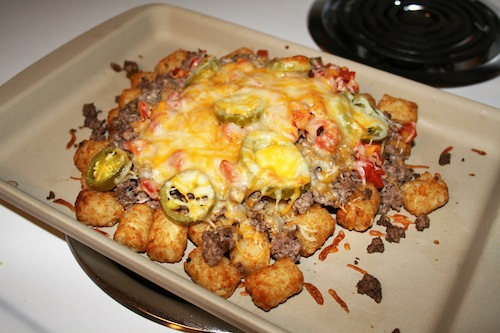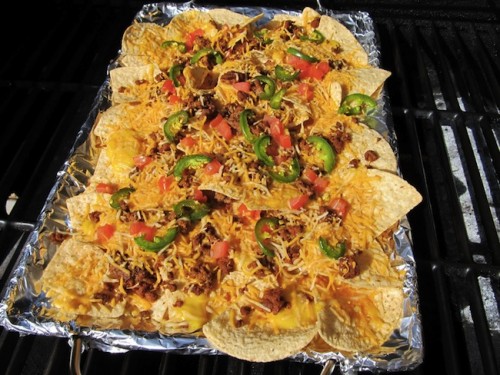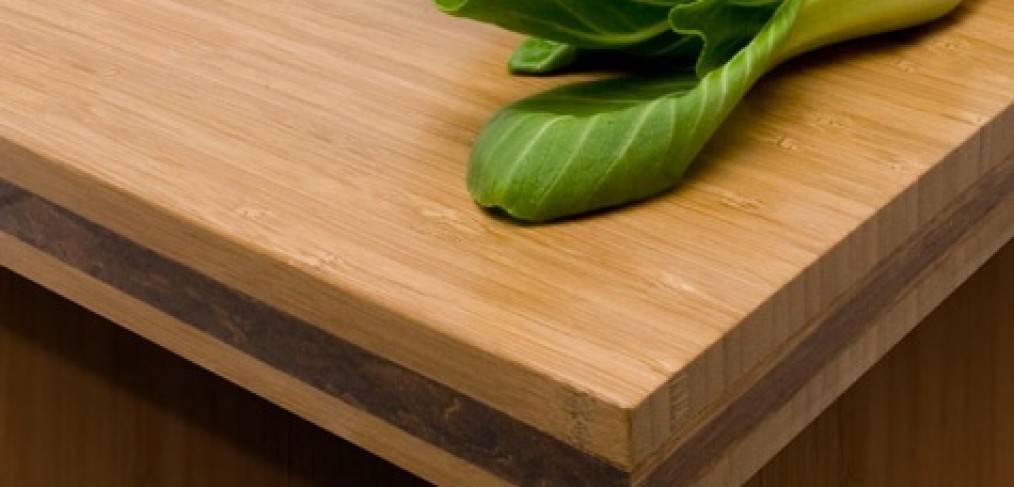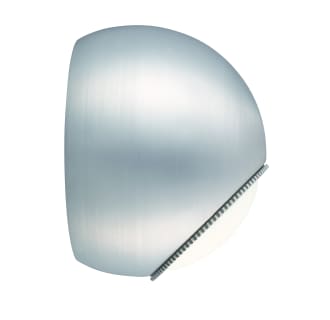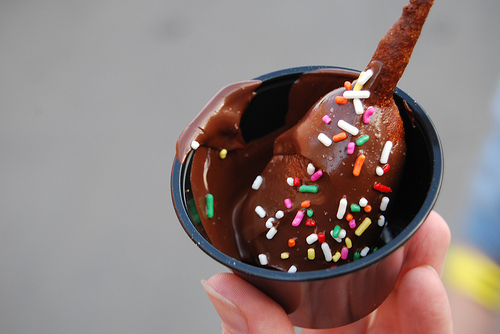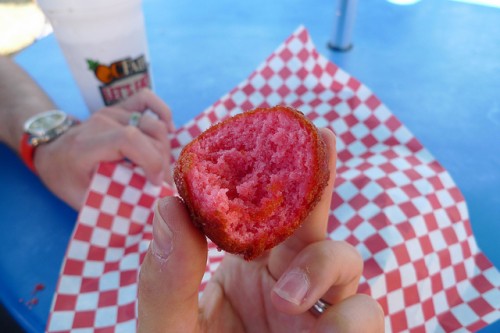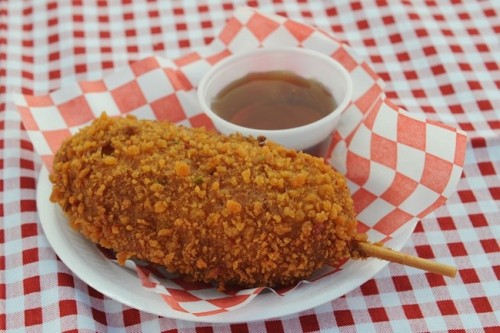
Along the same lines of the “hot coffee” litigation (come on, you didn’t know the coffee would be hot?), culinary school graduates are suing their culinary schools because they “were misled by recruiters about the value of a culinary education and their prospects after graduation.”
Not only is this ridiculous, but it is another example of people not taking responsibility for their actions. It is the generation of do-overs. Ooops, I got an F on my math test, can I have a do-over? I borrowed $500,000 to buy a house that I couldn’t afford, can I just walk away? I invested too much money into this ridiculous tech stock that I thought was going to sky-rocket. Why didn’t you talk me out of it? I want my money back. Since when did people start thinking it was okay to be let off the hook for everything? Why do we feel we are entitled to do-overs? When did risk become safe? This is not normal.
I’m sorry, but in the restaurant business, there aren’t very many do-overs. Do-overs cost money. You scorched an entire gallon of reduced balsamic vinegar? Well, a do-over doesn’t really exist for that. You burned it. You wasted about $30. People who want to sue a school for not disclosing to them obvious, common sense information should not be working in the restaurant business anyway, which may be one reason they couldn’t find a job. (Common sense is a necessary kitchen tool.) When I went to college, they did not tell me that I would someday want to quit my job as a financial advisor and go work in a kitchen for $10/hr. I feel like they should have known this. Maybe I could get my money back?
When did doing research and making informed decisions for yourself become someone else’s responsibility? I agree that some, if not all, expensive culinary schools are not worth the investment unless one is independently wealthy. All one needs to do is a simple online job search to see that an entry-level cook, including those with culinary degrees, makes slightly over minimum wage. This is what we call due diligence and takes a total of 30 seconds. Instead, let’s spend $20-30,000 first, and then worry about it. Sounds like a fantastic dumb idea to me.
Photo: AP/Eric Risberg



